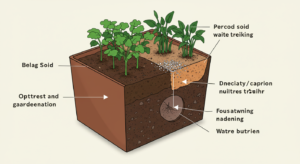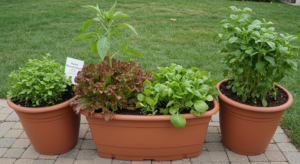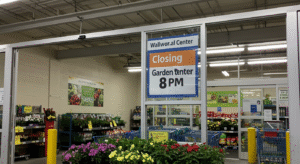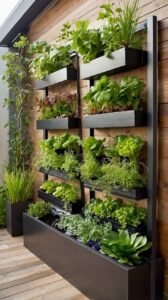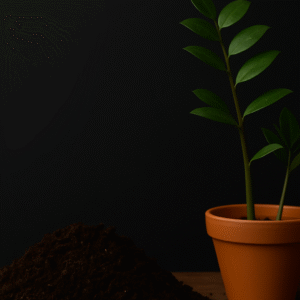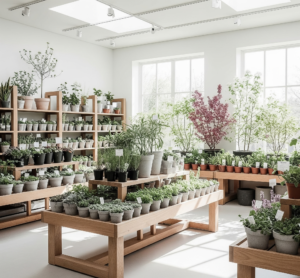How To Start Container Gardening
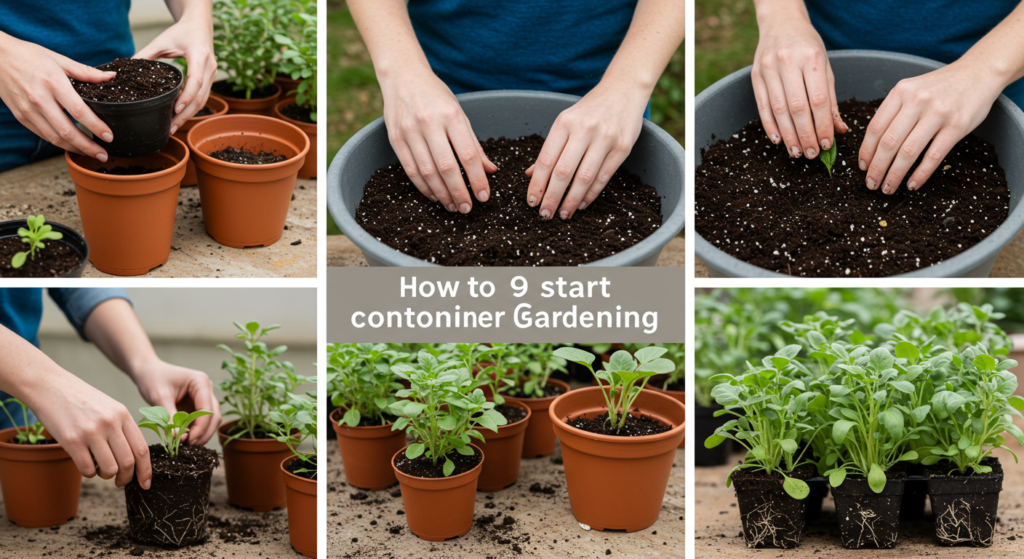
How To Start Container Gardening
You want to cultivate herbs but lack the room. Once in a while, when you are container gardening, you eye your little porch or window sill and wonder if it can accommodate a bit of green magic. Indeed, one simple, stress-free approach to doing so is growing in pots.
For those without much space or experience, it’s one of the easiest methods to start growing. This book will show you exactly how to garden in a pot, what plants and tools you need, and how to take care of your little green haven without any stress.
Why can’t everyone quickly grow plants in pots?
Having free control over your container gardening makes one very happy. It fits very many diverse styles of living. Renters who desire not to dig up other people’s grass will find this excellent. It works well for people who live in cities with rooftops, suburbs with patios, or both.
You can grow almost anything in a container, no matter how big or small the room is. What if everything changes? You pick the ground, the sun, and the time to move your plants. There’s no need for a lot of land or a fancy set-up. You only need a vessel, a dream, and a little curiosity.
Things you’ll need to begin
To begin, you will need these things. First up, the cases. Growing in pots is one easy, stress-free method to accomplish this. For people without much experience or space, it’s one of the fastest approaches to increasing. Good drainage lets water flow away from the plant’s base so it doesn’t pool and create root rot. First comes the soil. One should not use garden soil.
Select a good potting mix that will allow air to circulate and hold water. In addition to a steady supply of water and plenty of sun, most plants need at least 4–6 hours of basic equipment, such as a shovel. An irrigation system can simplify matters.
When to choose your first plants
If your first plan is too operose, you can extract yourself from the ritual: It makes the rituals heavier. Basil, mint, and chives are some of the herbs that will thrive when planted. Even leafy greens such as spinach or lettuce can be grown in pots.
Uplift your planters with colorful flowers, such as marigolds or nasturtiums, for extra color and interest. Determine how much sun a given plant needs. Some prefer bright, some dark, and others more muted. Keep your pot size in check; multiple plants in a pot will stress them out and cause them to grow slowly.
Bare Care and Planting Tips
Putting plants in is fun. Fill the pot with potting mix and make a hollow spot to place the plant in the dirt; surround the roots with dirt, then leave space at the top of the pot for watering. This soil will take care of itself; water well once the plant’s in and chill - to allow draining. After that, stick to a beat.
Most potted plants like even wetness but despise wet feet. Position your pots where the plants will receive the desired light, and turn them once in a while to promote even growth. Use a soft organic fertilizer on plants if they need extra help. Just be careful. There are times when less is more.
What Not to Do: Common Mistakes
When we first start, everyone makes mistakes. But you can avoid the most usual ones. Roots in wet dirt don’t need to be watered; they rot. Make sure your products drain perfectly always. Too many plants in your planter will battle for nutrients and space.
Always keep in mind the sun your plant needs. Conversely, guessing could result in delayed development and drooping leaves. Remember, though, that everything is a component of the learning process.
Final Notes and Motivation
You don’t need a big yard or a green thumb to start. All you need is some sun, the right pot, and the will to try something new. Container gardening is easy to do, doesn’t take much time, and gives you lots of little wins to keep you going. Get messy, find a pot, and pick out a plant. Tell us about your first container garden in the comments! We want to grow with you.

